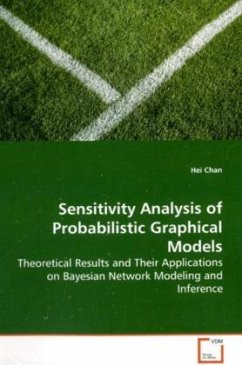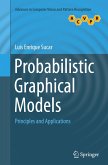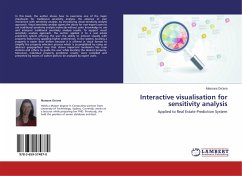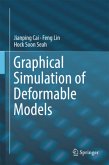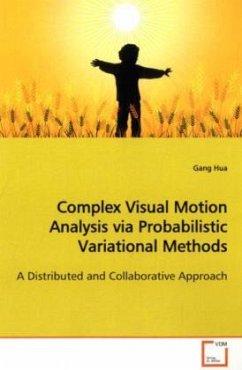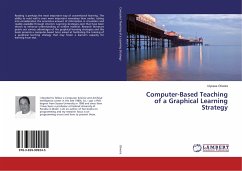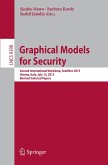Probabilistic graphical models such as Bayesian
networks are widely used for large-scale data
analysis in various fields such as customer data
analysis and medical diagnosis, as they model
probabilistic knowledge naturally and allow the use
of efficient inference algorithms to draw
conclusions from the model. Sensitivity analysis of
probabilistic graphical models is the analysis of
the relationships between the inputs (local
beliefs), such as network parameters, and the
outputs (global beliefs), such as values of
probabilistic queries, and addresses the central
research problem of how beliefs will be changed when
we incorporate new information to the current model.
This book provides many theoretical results, such as
the assessment of global belief changes due to local
belief changes, the identification of local belief
changes that induce certain global belief changes,
and the quantifying of belief changes in general.
These results can be applied on the modeling and
inference of Bayesian networks, and provide a
critical tool for the researchers, developers,
and users of Bayesian networks during the process of
probabilistic data modeling and reasoning.
networks are widely used for large-scale data
analysis in various fields such as customer data
analysis and medical diagnosis, as they model
probabilistic knowledge naturally and allow the use
of efficient inference algorithms to draw
conclusions from the model. Sensitivity analysis of
probabilistic graphical models is the analysis of
the relationships between the inputs (local
beliefs), such as network parameters, and the
outputs (global beliefs), such as values of
probabilistic queries, and addresses the central
research problem of how beliefs will be changed when
we incorporate new information to the current model.
This book provides many theoretical results, such as
the assessment of global belief changes due to local
belief changes, the identification of local belief
changes that induce certain global belief changes,
and the quantifying of belief changes in general.
These results can be applied on the modeling and
inference of Bayesian networks, and provide a
critical tool for the researchers, developers,
and users of Bayesian networks during the process of
probabilistic data modeling and reasoning.

